Home>Furniture>Outdoor Furniture>How Thick Is Decking Board
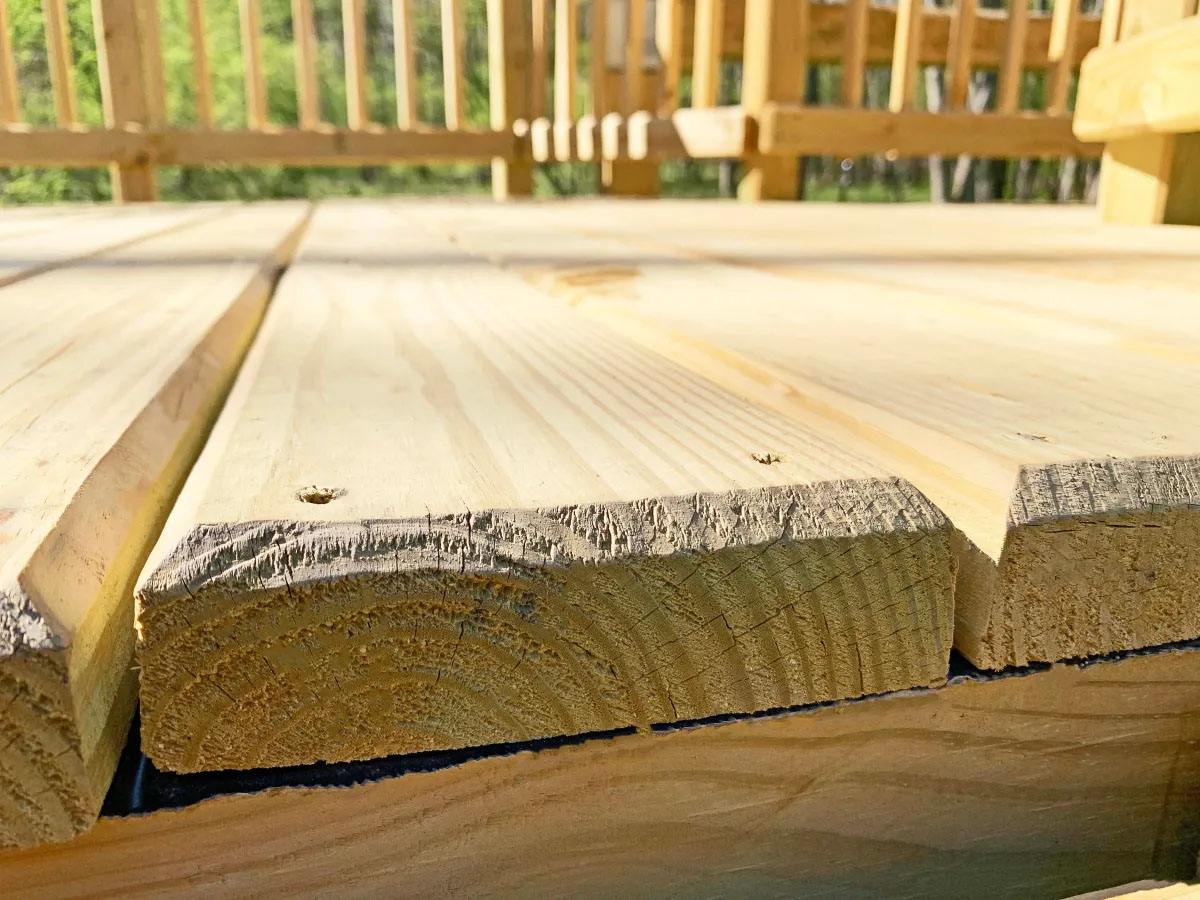

Outdoor Furniture
How Thick Is Decking Board
Modified: May 6, 2024
Learn the optimal thickness of outdoor furniture decking boards for a sturdy and durable setup. Find the right specifications for your project.
(Many of the links in this article redirect to a specific reviewed product. Your purchase of these products through affiliate links helps to generate commission for Storables.com, at no extra cost. Learn more)
Introduction
Welcome to the wonderful world of outdoor furniture! Whether you have a sprawling backyard or a cozy balcony, investing in outdoor furniture can transform any space into an oasis of relaxation and style. And one essential component of outdoor furniture is a sturdy and durable decking board.
Decking boards are widely used in the construction of outdoor platforms, terraces, and decking areas. They provide a stable foundation for outdoor furniture, while adding beauty and functionality to any outdoor space. But have you ever wondered how thick these decking boards should be?
In this article, we will delve into the world of decking board thickness, exploring its importance and the factors to consider when choosing the right thickness for your outdoor furniture. We will also discuss the pros and cons of both thin and thick decking boards, so you can make an informed decision when it comes to your outdoor furniture needs.
So, whether you have just started your outdoor furniture journey or are looking to upgrade your existing setup, read on to discover everything you need to know about the thickness of decking boards.
Key Takeaways:
- Choose thicker decking boards for heavy furniture and high-traffic areas, as they offer increased load-bearing capacity, durability, and reduced noise. Consider your budget and aesthetic preferences for the best outcome.
- Thin decking boards are cost-effective and lightweight, suitable for smaller spaces and lighter applications. However, they may have limitations in load-bearing capacity and durability, so consider the intended use and potential weight requirements carefully.
Read more: How Wide Are Decking Boards
What is Decking Board?
Before we delve into the details of decking board thickness, let’s first understand what exactly a decking board is. A decking board is a flat, horizontal piece of lumber that is typically made from wood or composite materials. It is specifically designed for outdoor use and is used to construct the surface of outdoor decks, patios, and other outdoor structures.
Decking boards come in various shapes, sizes, and materials, allowing you to customize the look and feel of your outdoor space. They can be made from natural wood varieties such as cedar, redwood, or tropical hardwoods like teak or ipe, which are known for their durability and resistance to weathering. Alternatively, you can opt for composite decking boards, which are made from a blend of wood fibers and recycled plastic materials, offering enhanced durability and low maintenance.
Regardless of the material used, the primary purpose of a decking board is to provide a stable and safe foundation for your outdoor furniture. It creates a flat and even surface, allowing you to securely place tables, chairs, loungers, and other outdoor essentials without any wobbling or instability.
Furthermore, decking boards play a crucial role in the overall aesthetic appeal of your outdoor space. They can instantly elevate the style and ambiance, whether you prefer a rustic, natural look or a sleek, modern design. By choosing the right decking board, you can enhance the beauty of your outdoor area while ensuring its long-lasting durability.
Now that we have a basic understanding of what a decking board is, let’s explore the significance of its thickness and why it matters when choosing the right boards for your outdoor furniture needs.
Importance of Decking Thickness
The thickness of a decking board plays a crucial role in its overall performance and durability. Choosing the right thickness is essential to ensure the longevity and stability of your outdoor furniture setup. Let’s take a closer look at why decking thickness is important:
- Strength and Load-bearing Capacity: The thickness of a decking board directly influences its strength and load-bearing capacity. Thicker boards have higher structural stability and can withstand heavier weights without sagging or warping. This is particularly important if you plan to place heavy furniture items or host gatherings on your outdoor deck.
- Resistance to Weathering: Outdoor decks are constantly exposed to harsh weather conditions such as rain, heat, and UV radiation. Thicker decking boards tend to have better resistance to weathering, as they have more material to fend off these elements. They are less likely to warp, crack, or decay over time, ensuring a longer lifespan for your outdoor furniture.
- Enhanced Rigidity: Thicker decking boards offer greater rigidity and stability to outdoor platforms and structures. This means that the surface will have minimal flexing or bending, providing a solid foundation for your furniture. It also reduces the risk of accidents or injuries caused by unstable surfaces.
- Noise Reduction: Thicker decking boards have better acoustic properties, reducing the noise generated when walking or moving furniture on the deck surface. If you enjoy a peaceful and quiet outdoor environment, choosing thicker boards can help minimize unwanted noise disturbances.
While decking thickness is important, it’s crucial to strike a balance between the load-bearing capacity and the aesthetics of your outdoor space. Thicker boards might provide better structural integrity but can be heavier and more expensive. Consider your specific needs and preferences to find the right balance for your outdoor furniture setup.
Now that we understand the importance of decking thickness, let’s explore the standard thickness options available for decking boards.
Standard Thickness for Decking Boards
When it comes to decking boards, there are several standard thickness options available in the market. The most common thicknesses for decking boards range from 1 inch to 1.5 inches. The choice of thickness depends on various factors, including the type of material, the intended use, and the aesthetic preferences. Let’s take a look at the typical standard thicknesses for decking boards:
- 1 inch (25mm): Decking boards with a thickness of 1 inch are often used for low-traffic areas or lighter applications. They are suitable for smaller outdoor spaces or balconies where weight and cost considerations are a priority. However, it is important to note that 1-inch thick boards may have limitations in terms of load-bearing capacity and durability.
- 1.25 inches (31mm): This thickness is considered a standard option for decking boards. It offers a good balance between strength and affordability, making it suitable for most residential applications. 1.25-inch thick boards can withstand moderate foot traffic and are suitable for average-sized outdoor decks or patios.
- 1.5 inches (38mm): Decking boards with a thickness of 1.5 inches are the thickest commonly available option. They provide excellent structural stability and load-bearing capacity, making them suitable for high-traffic areas or heavy use. 1.5-inch thick boards are ideal for larger outdoor spaces or commercial settings, where durability and longevity are a priority.
It’s important to note that these are general guidelines, and the actual thickness may vary based on the specific manufacturer or supplier. Additionally, when choosing the thickness for your decking boards, it’s essential to consider the support structure and joist spacing underneath. Ensure that the thickness of the decking board is compatible with the spacing and load requirements of the joists to ensure a stable and secure installation.
Now that we have explored the standard thickness options for decking boards, let’s delve into the factors you should consider when choosing the right thickness for your outdoor furniture needs.
When choosing decking boards, consider the thickness based on the intended use. For residential decking, 1 inch thick boards are common, while for heavy-duty use or commercial applications, 1.25 inches or thicker may be more suitable for durability and strength.
Factors to consider when choosing the thickness of decking boards
Choosing the right thickness for your decking boards is essential to ensure the overall performance, longevity, and aesthetics of your outdoor furniture. Here are some factors to consider when determining the thickness:
- Intended Use: Consider how you plan to use your outdoor space. If you envision heavy foot traffic, frequent gatherings, or the placement of large furniture items, thicker decking boards with higher load-bearing capacity are recommended. On the other hand, if you have a smaller space or anticipate lighter use, thinner boards may suffice.
- Support Structure: Take into account the spacing and quality of the support structure, such as the joists beneath the decking boards. Thicker boards may require closer joist spacing to ensure proper support and prevent sagging or flexing. Consult local building codes and guidelines to determine the appropriate joist spacing for your chosen thickness.
- Weather Conditions: Consider the climate and weather conditions in your area. If you live in an environment with extreme temperature variations, high levels of humidity, or frequent rain showers, thicker boards with better weather resistance properties would be beneficial.
- Aesthetic Preferences: Choose a thickness that aligns with your desired aesthetic appeal. Thicker boards can provide a more substantial and robust look, while thinner boards can create a sleeker and more minimalist appearance. The thickness of the decking boards should complement the overall design and style of your outdoor space.
- Budget Considerations: Thicker decking boards generally come at a higher cost due to the additional material used. Consider your budget and weigh the benefits of durability and load-bearing capacity against the financial investment required. Keep in mind that investing in thicker boards can potentially save you money in the long run by reducing the need for frequent replacements or repairs.
By considering these factors, you can make an informed decision and choose the appropriate thickness for your decking boards that aligns with your needs and preferences. Remember, it’s crucial to strike a balance between strength, aesthetics, and affordability for the best outcome.
Now that we have explored the factors to consider in choosing the thickness of decking boards, let’s discuss the pros and cons of both thin and thick decking boards to help you make an informed decision.
Read more: How To Cut Decking Boards
Pros and Cons of Thin Decking Boards
Thin decking boards, typically around 1 inch in thickness, have their own set of advantages and disadvantages. Let’s take a closer look at the pros and cons of using thin decking boards:
Pros:
- Cost-Effective: Thin decking boards are generally more affordable than their thicker counterparts. If you are on a tight budget or have a smaller outdoor space, opting for thin boards can help keep costs down.
- Lightweight: Thin boards are lighter in weight, making them easier to handle during installation. This can be particularly advantageous if you are undertaking a DIY project or if you have limited strength or mobility.
- Easier to Cut and Customize: Thin boards are easier to cut and shape according to your specific design requirements. This allows for greater flexibility in creating intricate patterns or unique decking layouts.
- Faster Drying Time: Thin boards have less mass, meaning they tend to dry out faster after exposure to rain or moisture. This can help prevent the growth of mold or mildew and reduce the risk of moisture-related damage to your deck.
Cons:
- Reduced Load-Bearing Capacity: Thin decking boards have lower load-bearing capacity compared to thicker ones. This means they may be more prone to sagging or warping under the weight of heavy furniture or intense foot traffic. It is important to consider the intended use and potential weight requirements before opting for thin boards.
- Less Durability: Thin boards may be more susceptible to wear and tear over time, especially in harsh weather conditions. They may be more prone to cracking, splitting, or rotting, requiring more frequent repairs or replacements.
- Potential for Noise: Thin decking boards can produce more noise when walking or moving furniture on the deck surface. This can be bothersome if you prefer a quieter outdoor environment or have neighbors in close proximity.
- Limited Style and Design Options: Thin boards may have limited choices when it comes to textures, colors, and finishes. Thicker boards often offer more variety in terms of aesthetics, allowing for a wider range of design possibilities.
Ultimately, the decision to use thin decking boards depends on your specific needs, budget, and aesthetic preferences. If you have a smaller space, lighter furniture, and are looking for a more cost-effective option, thin boards might be suitable. However, it is important to consider the potential limitations in terms of load-bearing capacity and durability.
Now, let’s explore the pros and cons of using thick decking boards.
Pros and Cons of Thick Decking Boards
Thick decking boards, typically around 1.5 inches in thickness, come with their own set of advantages and disadvantages. Let’s explore the pros and cons of using thick decking boards:
Pros:
- Increased Load-Bearing Capacity: Thick decking boards offer higher load-bearing capacity, making them ideal for heavier furniture items and high-traffic areas. They can withstand more weight without sagging or warping, providing a stable and durable surface.
- Enhanced Durability: Thick boards are generally more resistant to cracking, splitting, and warping, making them more durable in the long run. They can better withstand the effects of harsh weather conditions and last for many years with minimal maintenance.
- Reduced Noise: Thick decking boards tend to produce less noise when walking or moving furniture on the surface. This can create a more peaceful and enjoyable outdoor environment, especially if you value tranquility and minimal disturbance.
- Enhanced Stability and Rigidity: The thickness of decking boards contributes to their overall stability and rigidity. Thick boards have minimal flexing or movement, providing a solid foundation for your outdoor furniture and reducing the risk of accidents or injuries.
- Wide Range of Design Options: Thicker boards often offer more options in terms of texture, color, and finish. This allows you to customize the appearance of your outdoor space and choose a style that best complements your overall design aesthetic.
Cons:
- Higher Cost: Thick decking boards are generally more expensive than their thinner counterparts. The additional material used in their construction contributes to a higher price point. Consider your budget and weighing the benefits of durability and load-bearing capacity against the increased cost.
- Heavier: Thick boards are heavier and may require additional effort during installation. This can be a factor to consider if you are undertaking a DIY project or have limited physical strength or abilities.
- Limitations in Design Flexibility: Thicker boards may have limitations in terms of creating intricate patterns or unique decking layouts. The additional thickness can restrict certain design possibilities, and you may need to be more creative in achieving your desired outcome.
When deciding on whether to use thick decking boards, take into account your specific needs, budget, and aesthetic preferences. If you have heavy furniture, anticipate high foot traffic, and prioritize durability, thick boards can provide the stability and longevity you desire. However, it’s important to consider the potential drawbacks, such as higher cost and less design flexibility.
Now that we have explored the pros and cons of both thin and thick decking boards, you are equipped with the information to make an informed decision based on your unique outdoor furniture needs.
Conclusion
Choosing the right thickness for your decking boards is crucial to ensure the stability, durability, and aesthetic appeal of your outdoor furniture. Whether you opt for thin or thick boards, there are pros and cons to consider based on your specific needs and preferences.
Thin decking boards, with their affordability and ease of customization, can be a suitable choice for smaller spaces or lighter applications. They are cost-effective and lightweight, making them easier to handle during installation. However, they may have limitations in terms of load-bearing capacity and durability, so consider the intended use and potential weight requirements before choosing thin boards.
On the other hand, thick decking boards offer increased load-bearing capacity, enhanced durability, and reduced noise. They provide a solid and stable foundation for heavy furniture items and high-traffic areas. While they may come with a higher cost and are heavier during installation, the benefits of increased strength and longevity may outweigh these considerations.
When making your decision, take into account factors such as the intended use of your outdoor space, the quality of the support structure, the climate and weather conditions in your area, and your budget. By considering these factors, you can choose the appropriate thickness that strikes a balance between strength, aesthetics, and affordability.
Remember, whether you choose thin or thick decking boards, proper maintenance and care are essential to prolong their lifespan. Regular cleaning, sealing, and protecting your outdoor furniture from harsh weather conditions will ensure its longevity and keep it looking its best.
In conclusion, the thickness of decking boards is a significant consideration when it comes to outdoor furniture. By understanding the importance of decking thickness, exploring the standard thickness options, considering the factors influencing the choice of thickness, and evaluating the pros and cons of both thin and thick boards, you can make an informed decision that meets your specific needs and preferences. So, go ahead and embark on your outdoor furniture journey with confidence, knowing that you have the knowledge to choose the perfect decking boards for your outdoor oasis.
Curious about crafting the perfect deck? While understanding thickness is crucial, selecting the right material is just as vital. Dive deeper into your decking project by checking out our detailed guide on various options available. Whether you're aiming for durability, aesthetics, or cost-effectiveness, we've got insights that'll help make your decision-making smoother. Don't miss out on creating that ideal outdoor space!
Frequently Asked Questions about How Thick Is Decking Board
Was this page helpful?
At Storables.com, we guarantee accurate and reliable information. Our content, validated by Expert Board Contributors, is crafted following stringent Editorial Policies. We're committed to providing you with well-researched, expert-backed insights for all your informational needs.
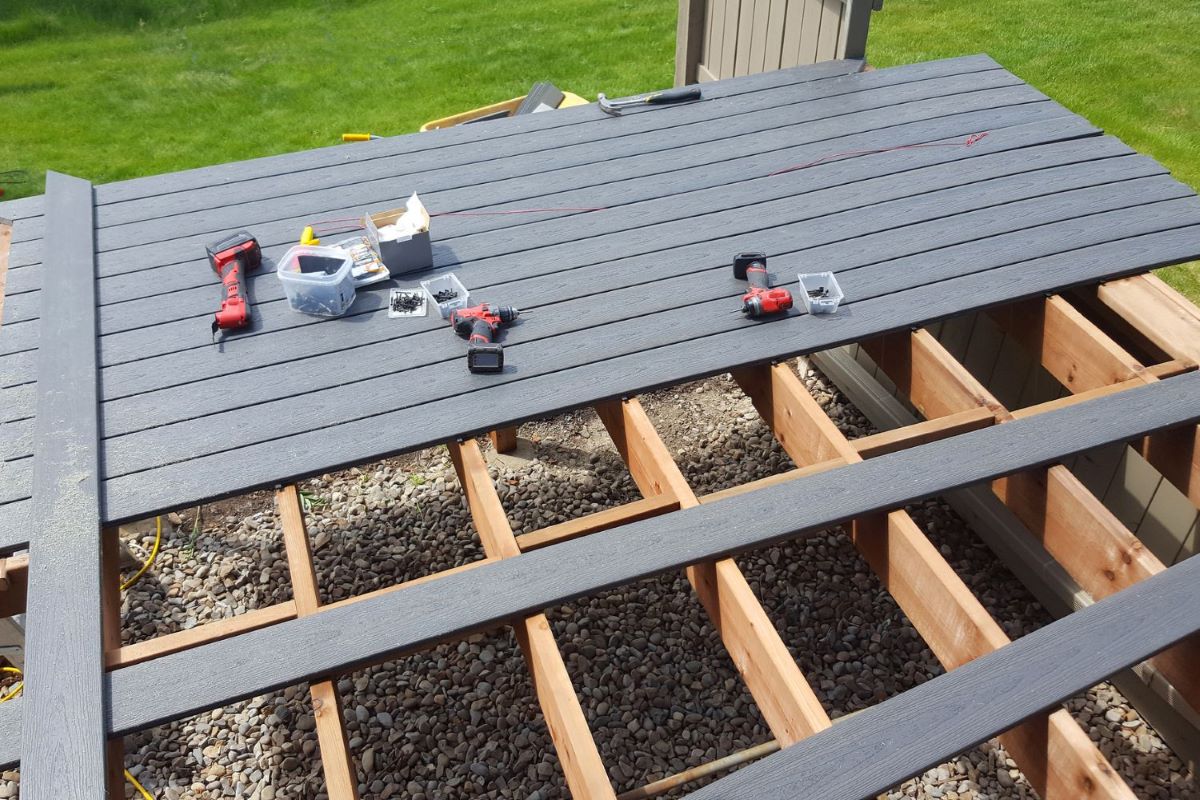
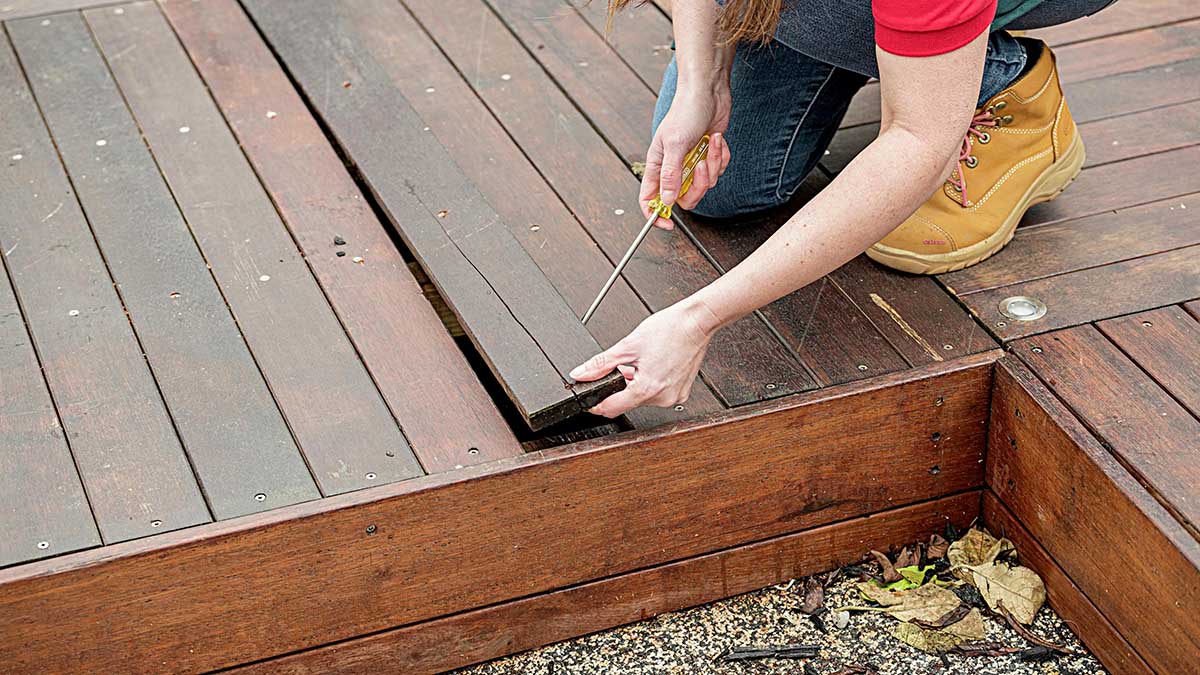
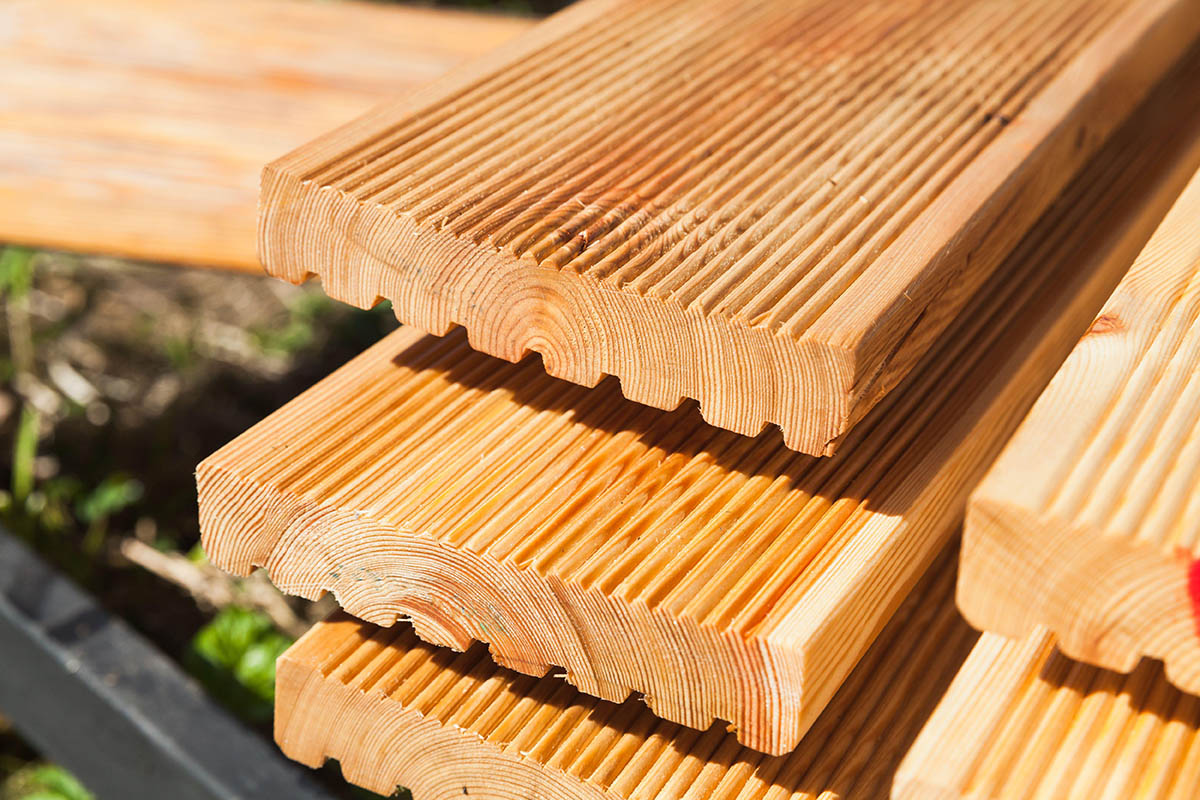
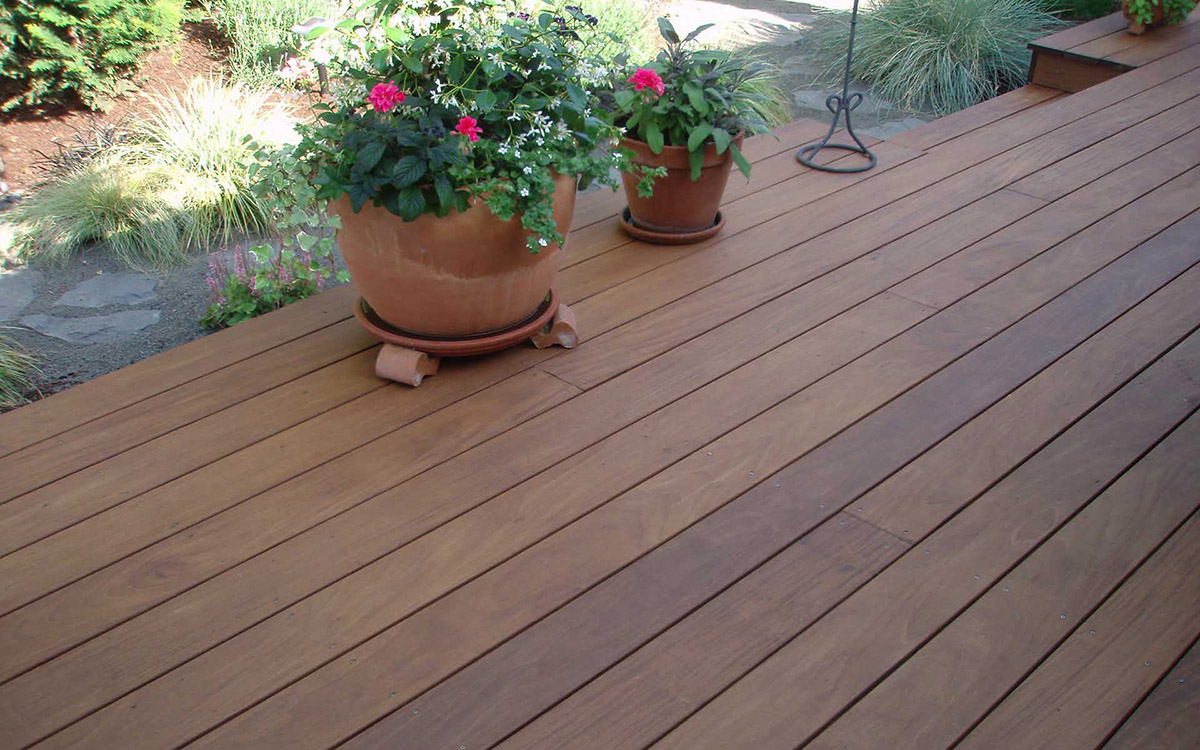
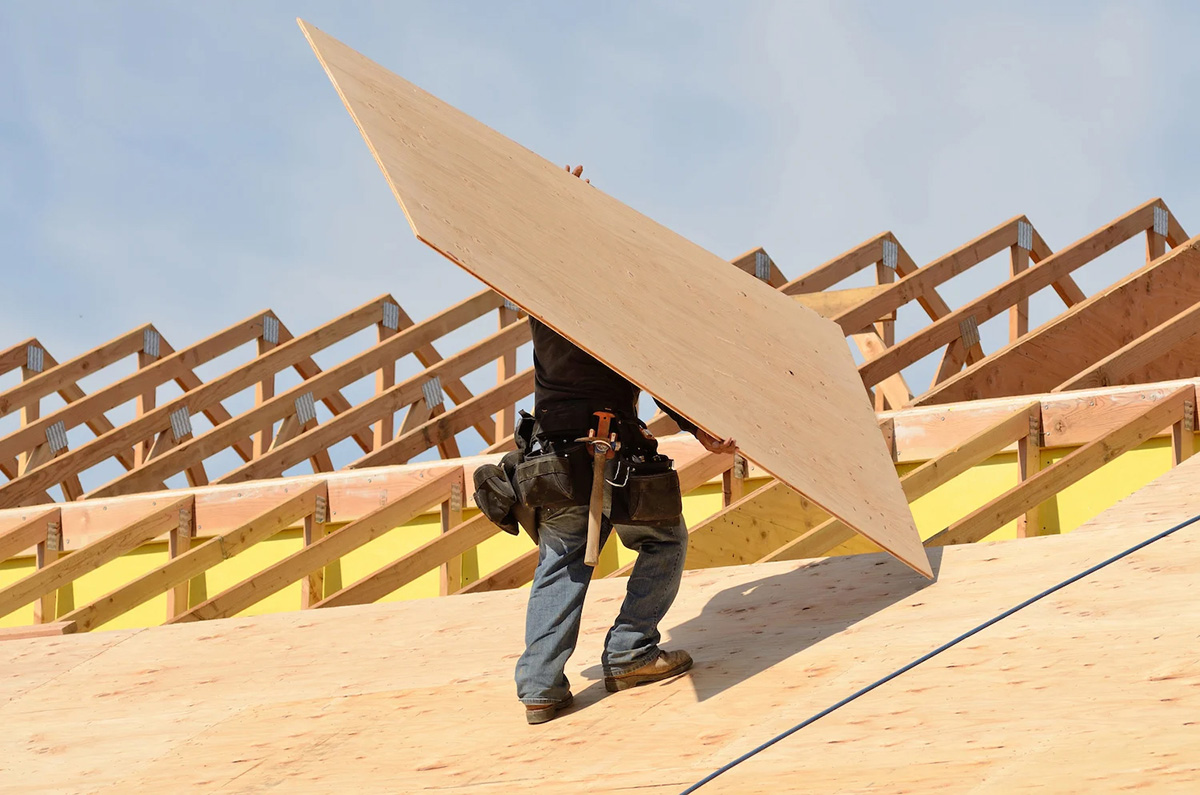
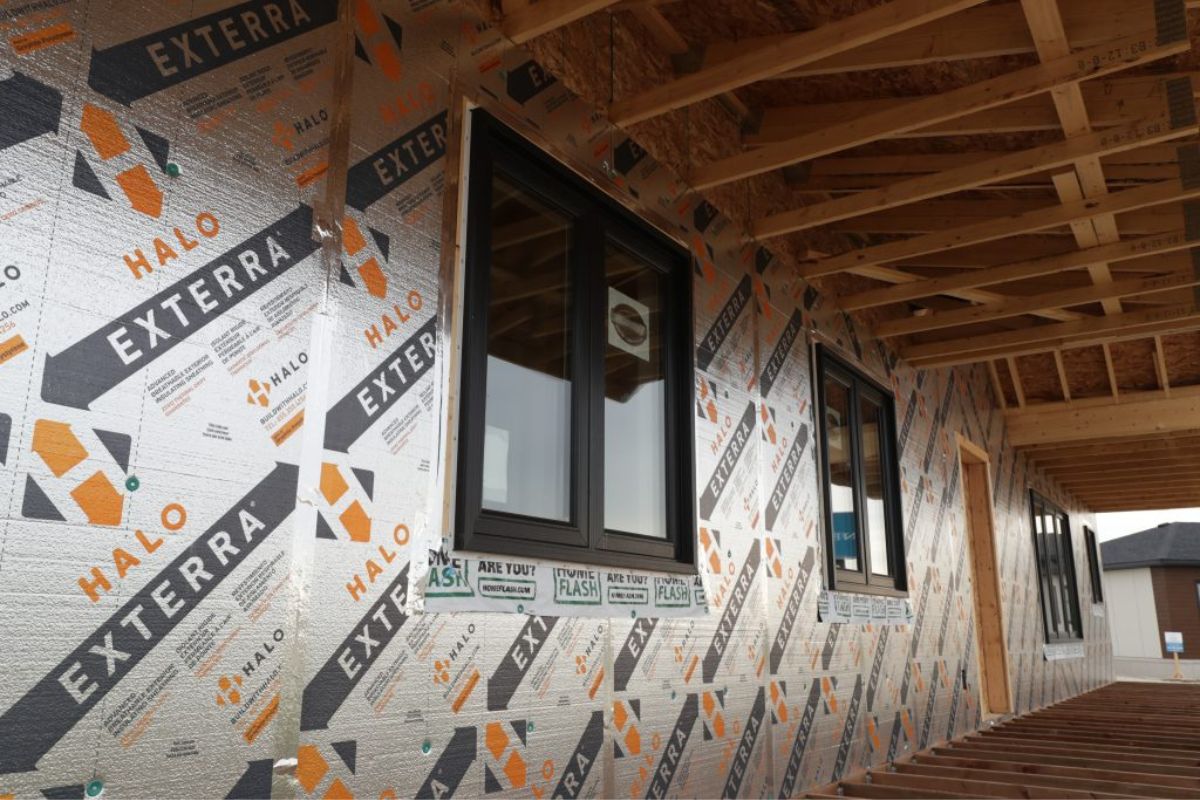
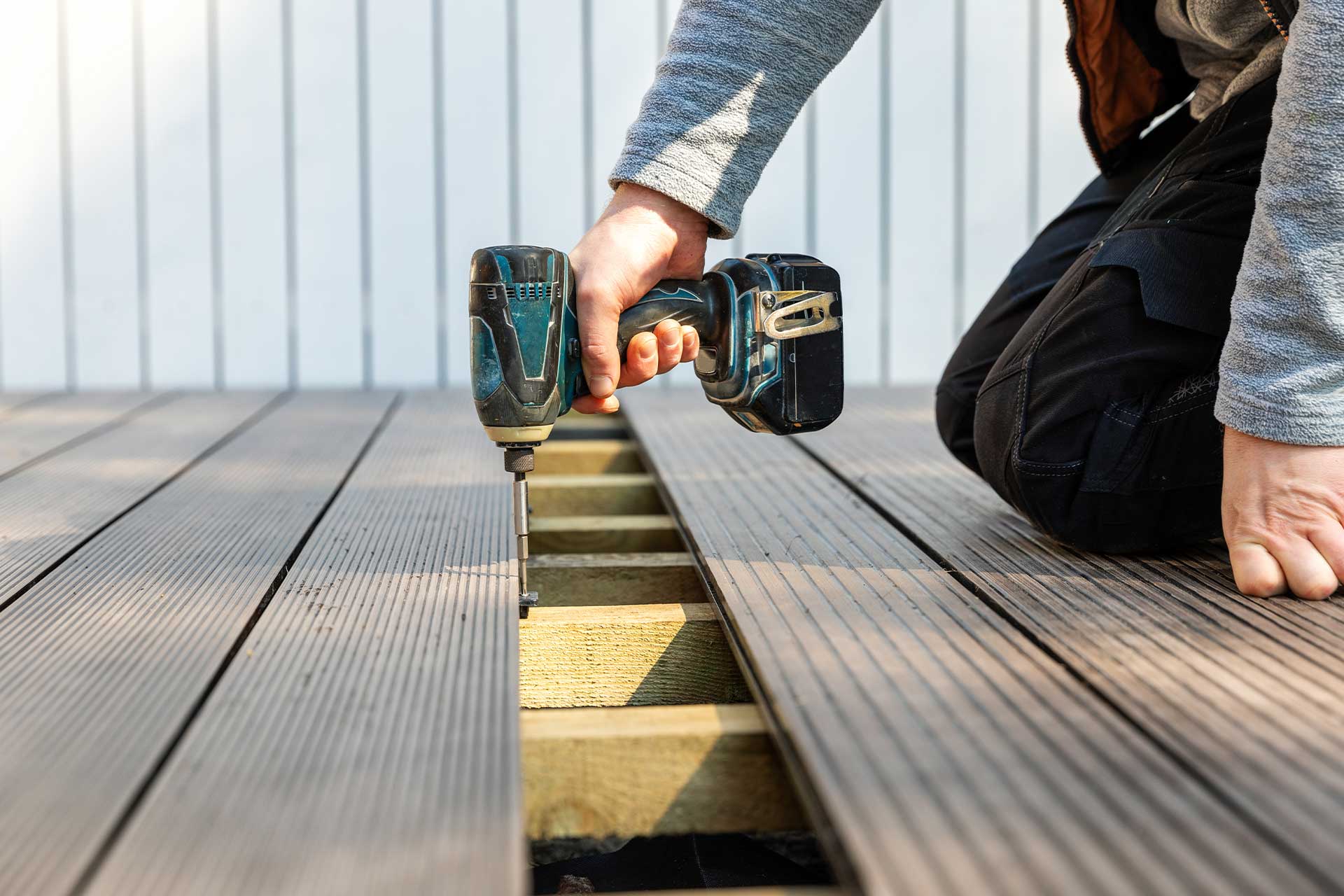
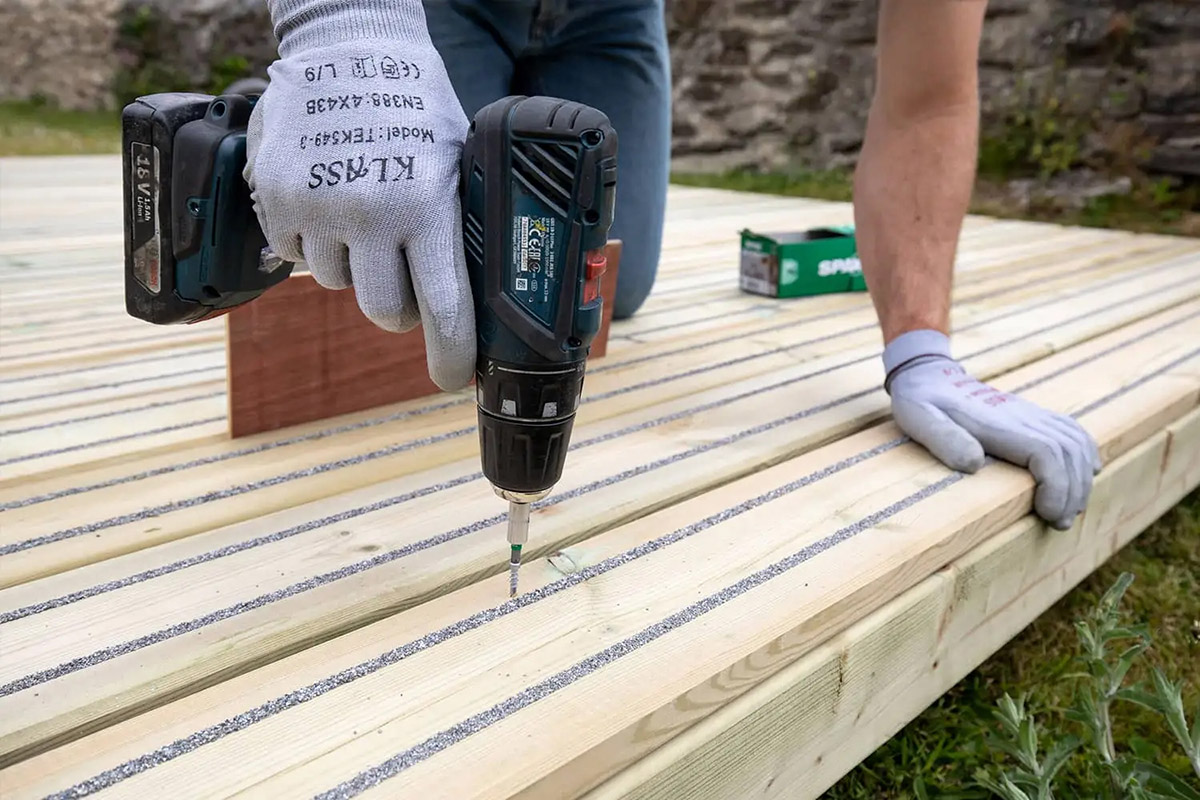

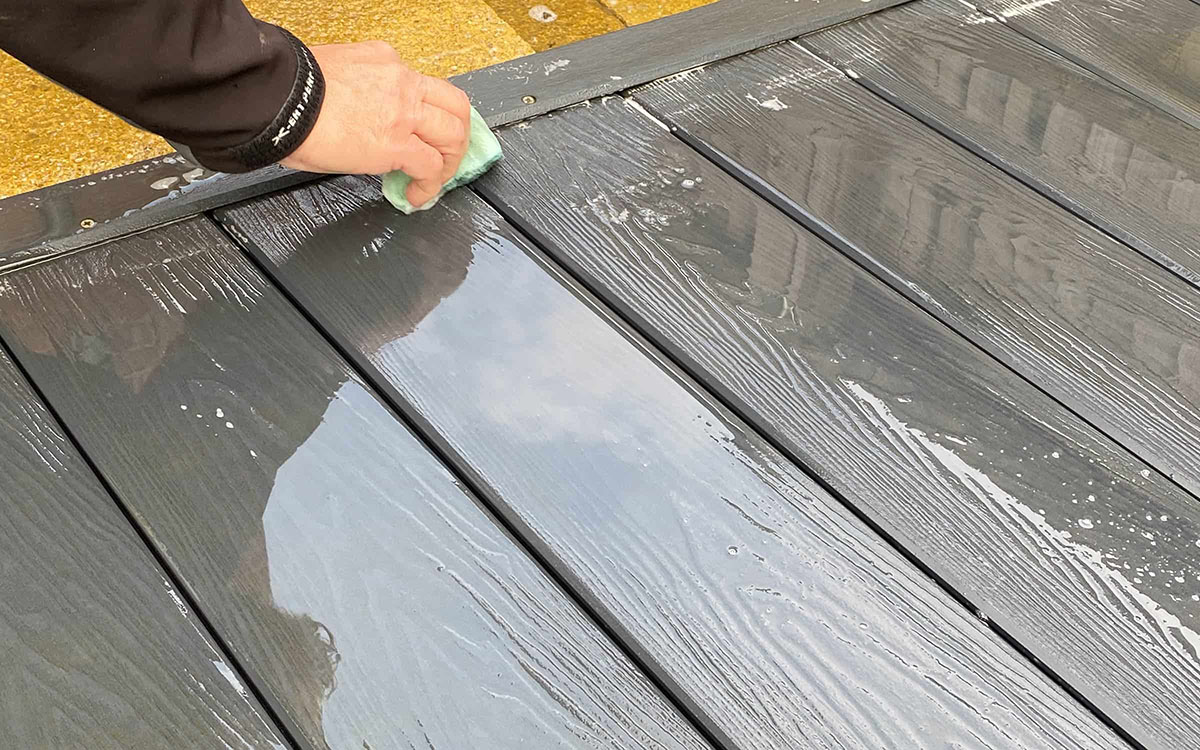
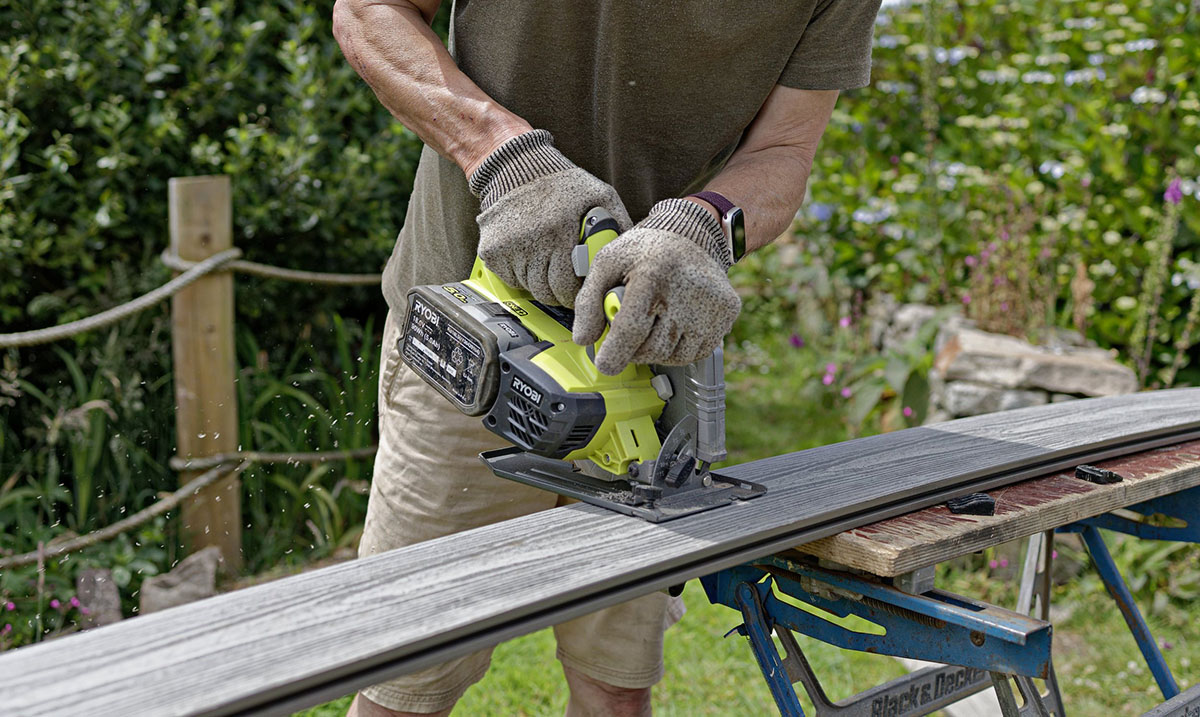
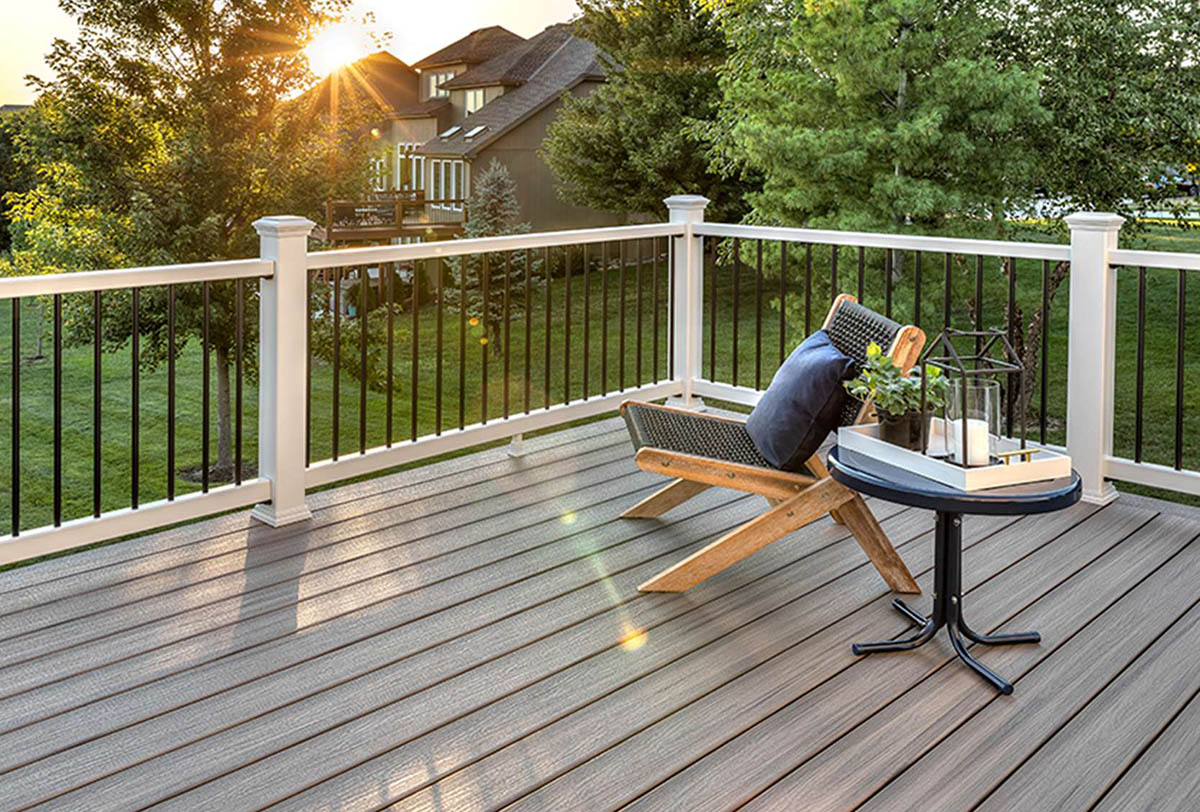
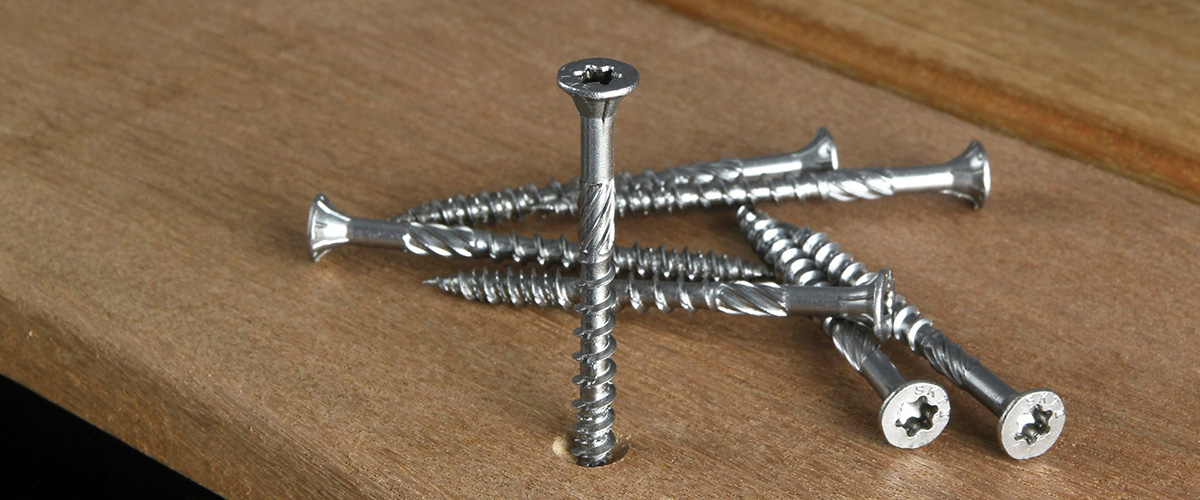
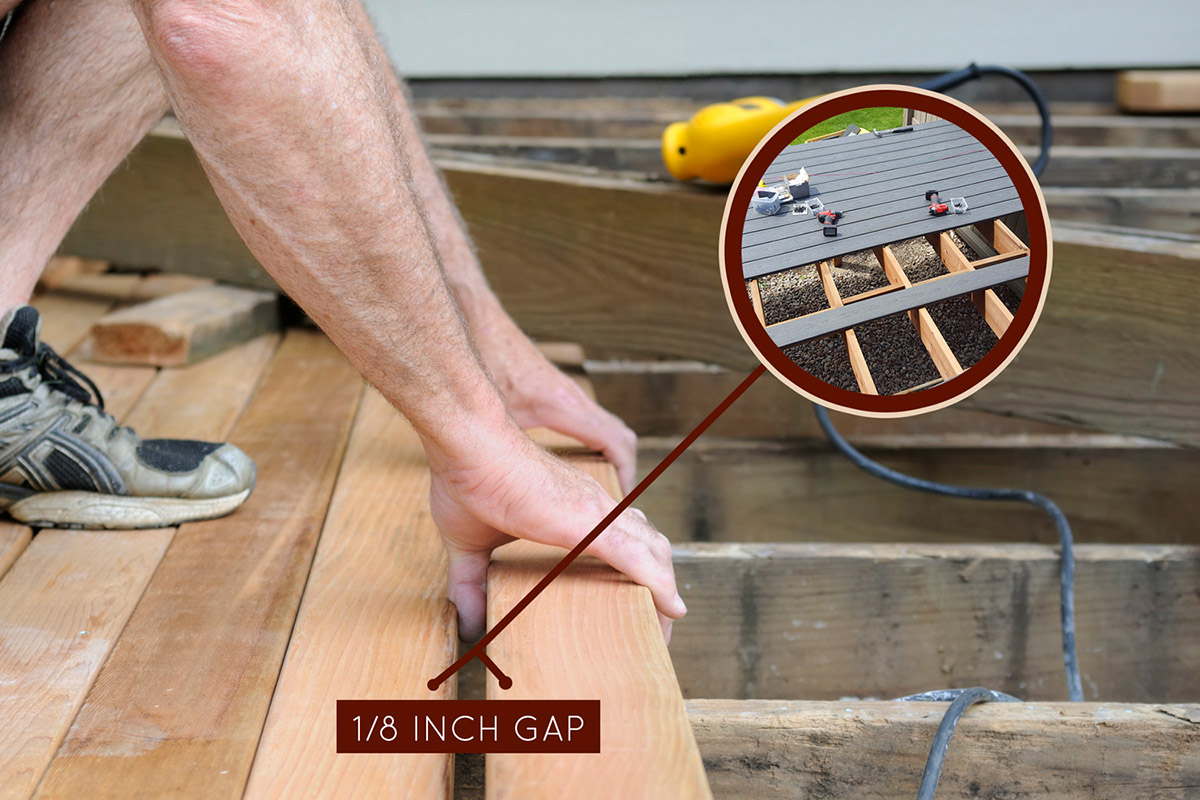

0 thoughts on “How Thick Is Decking Board”